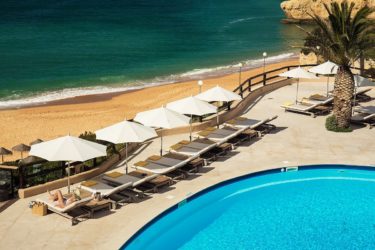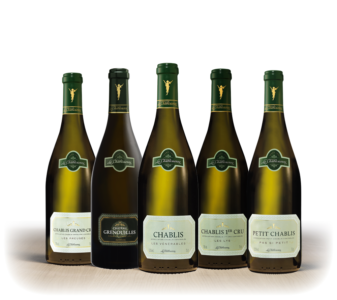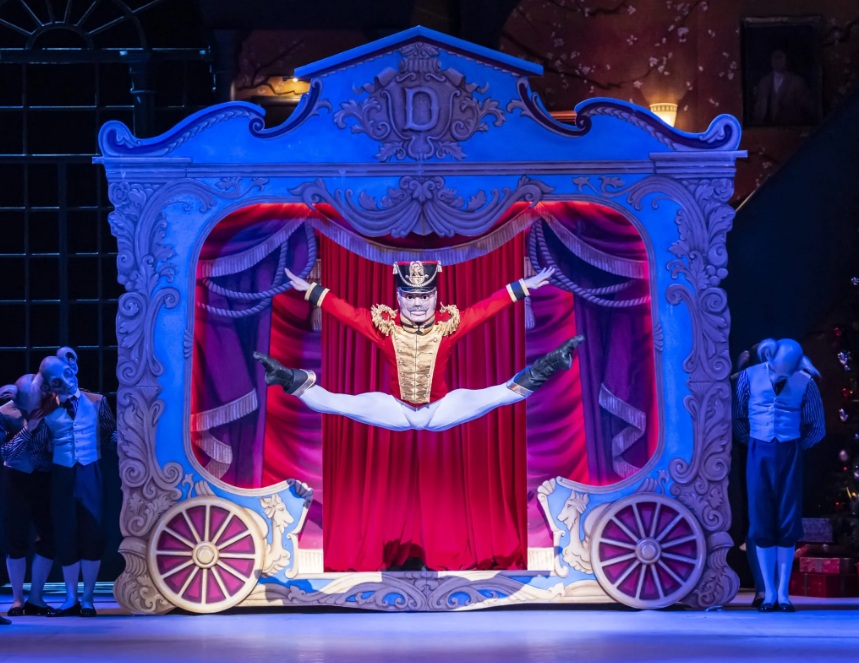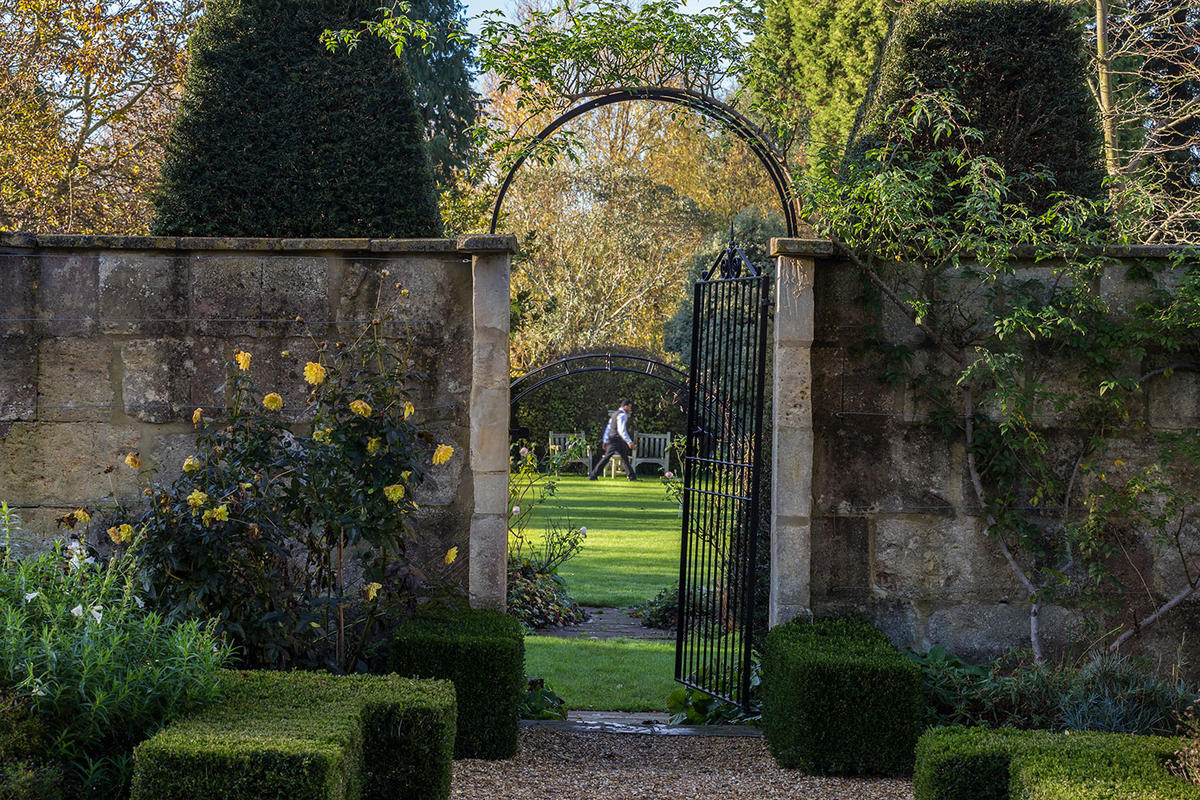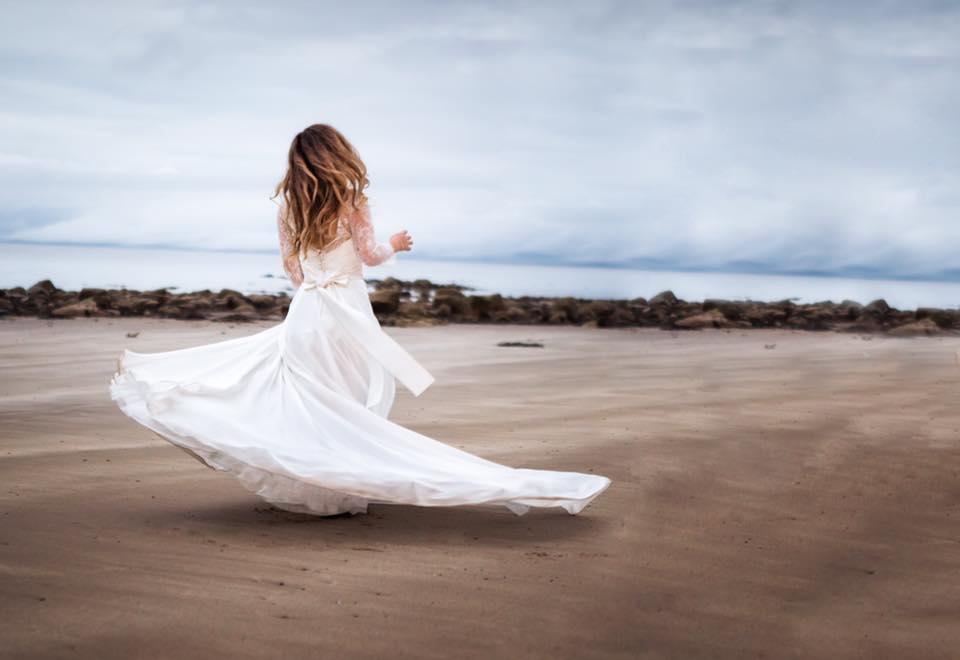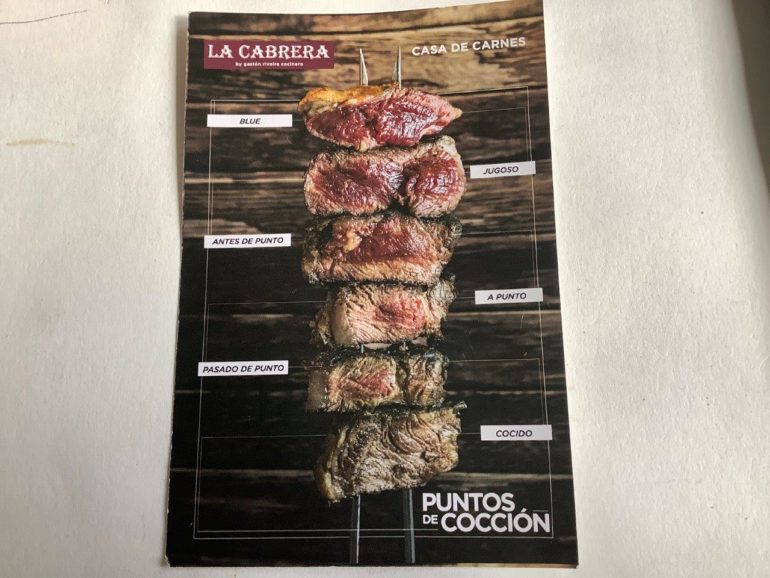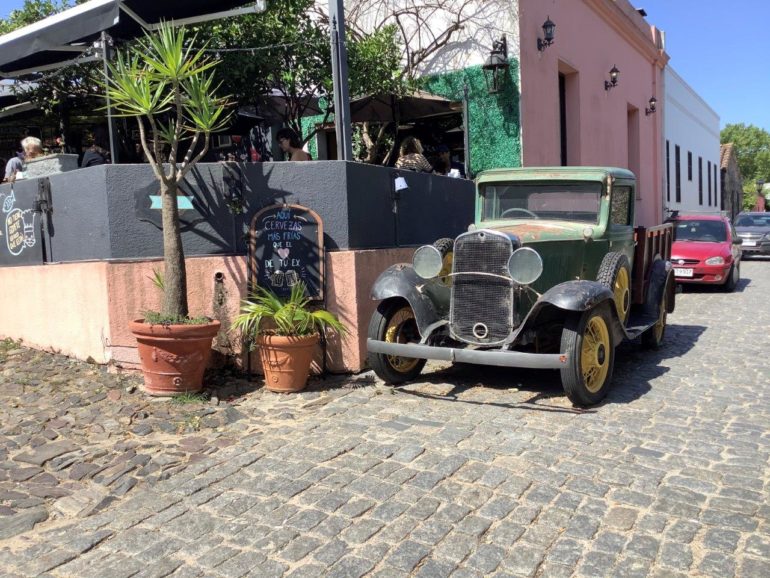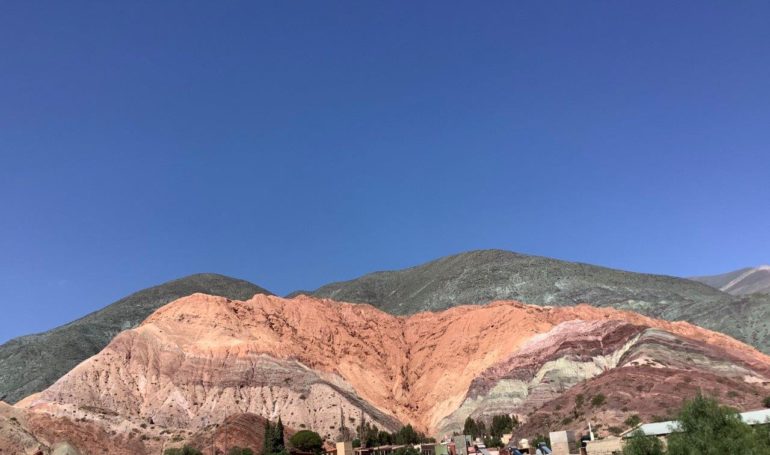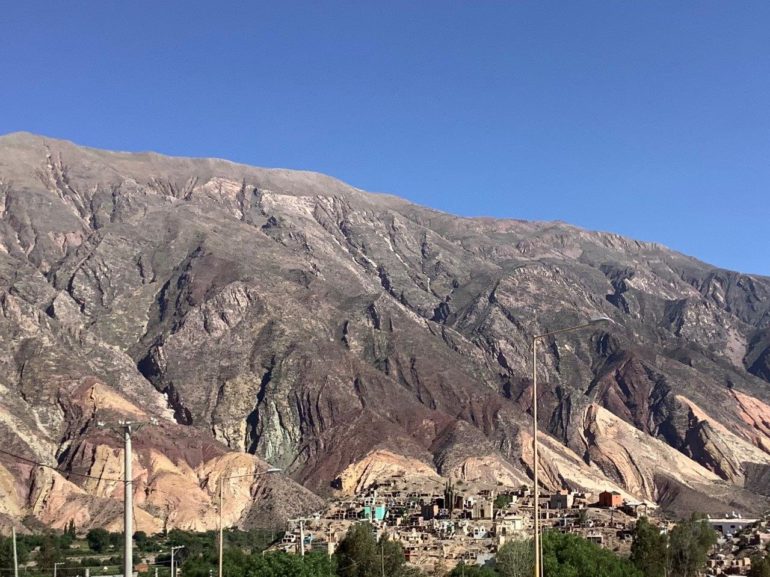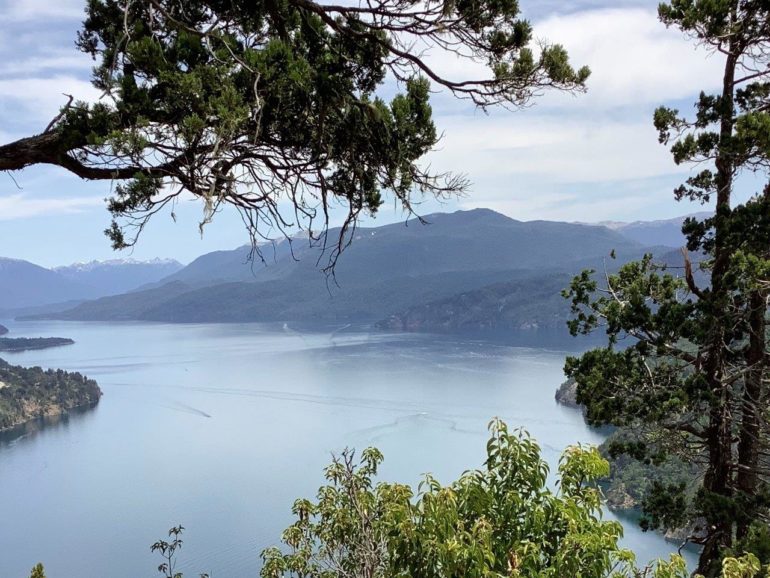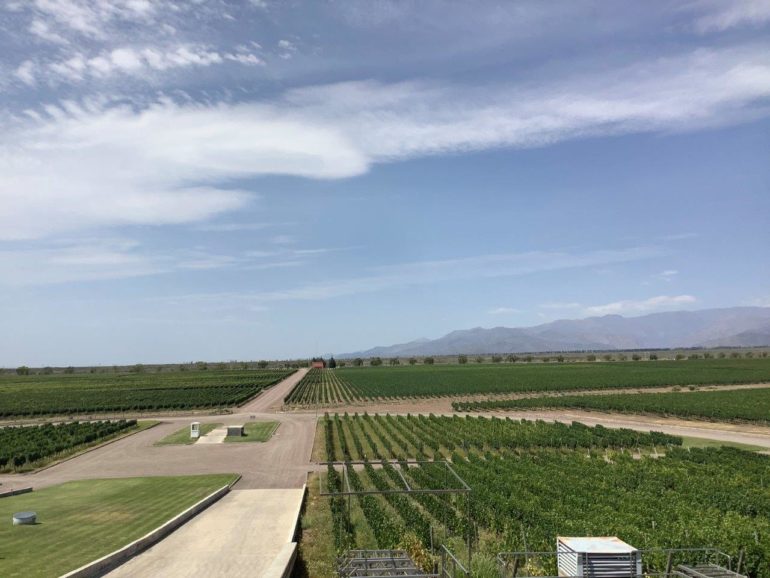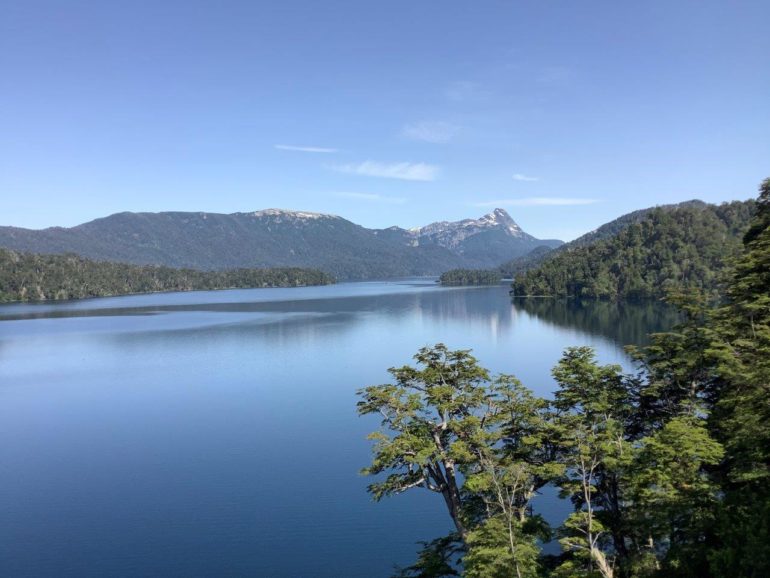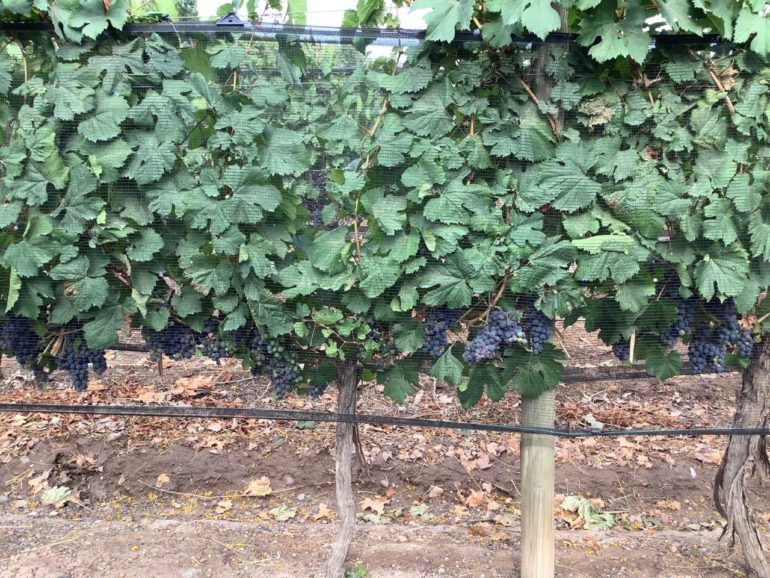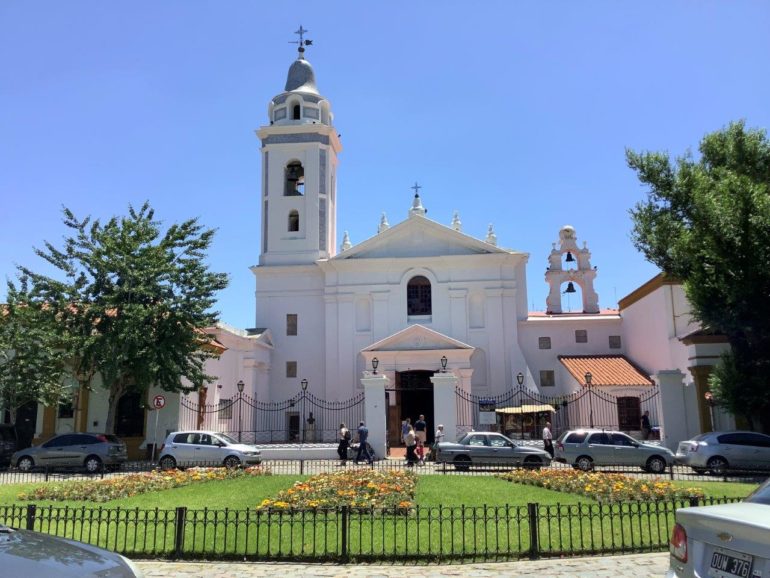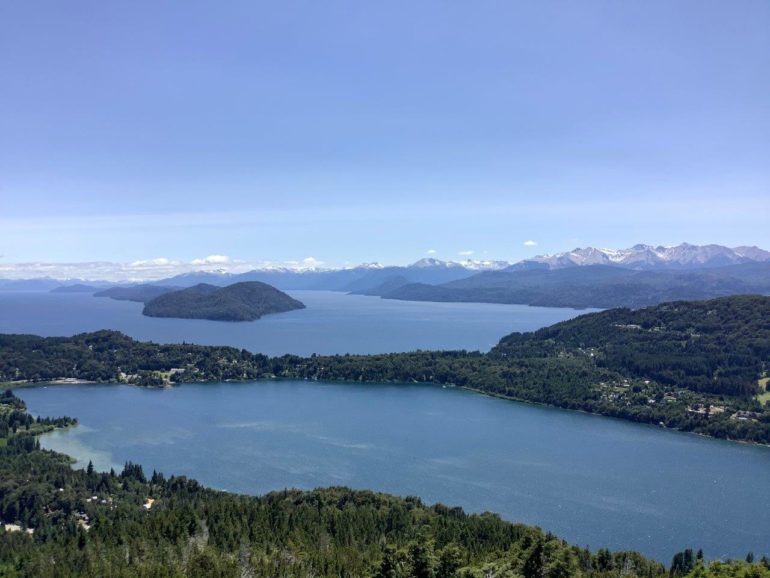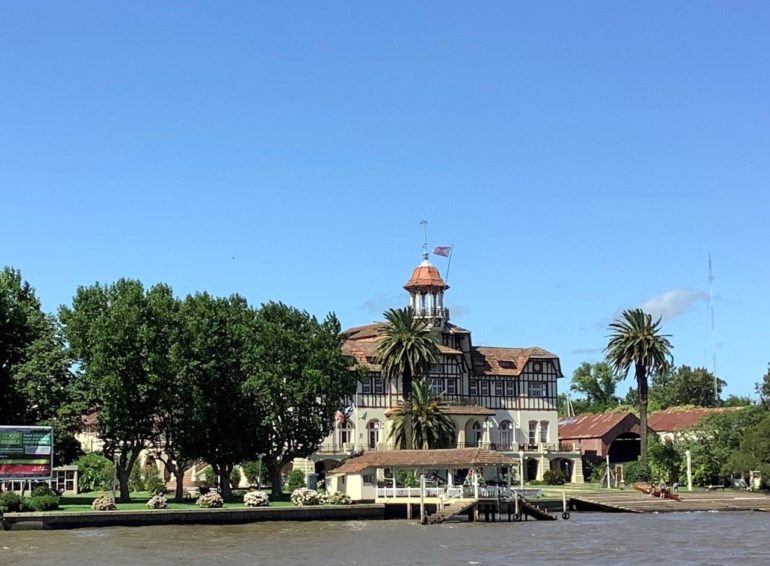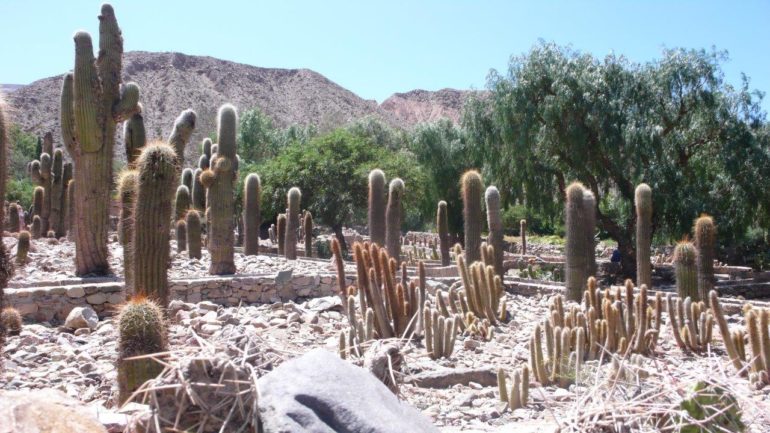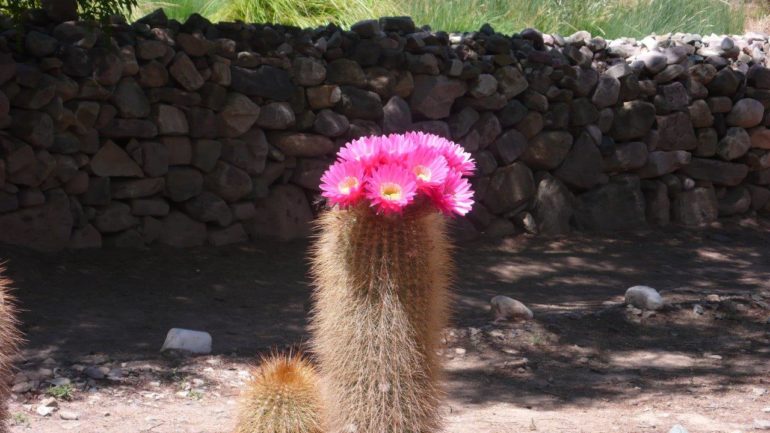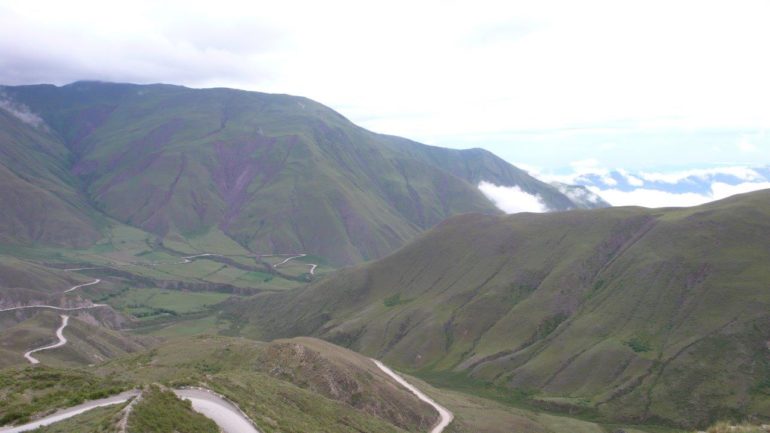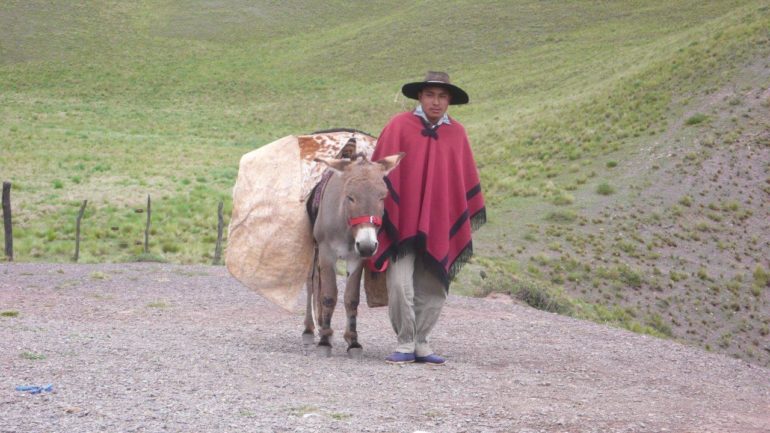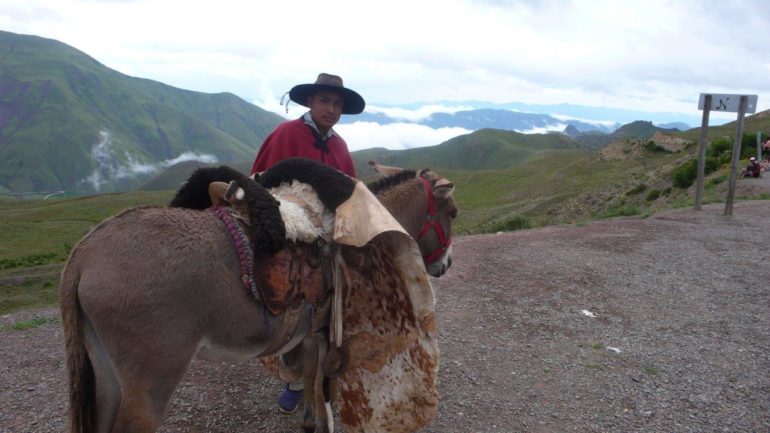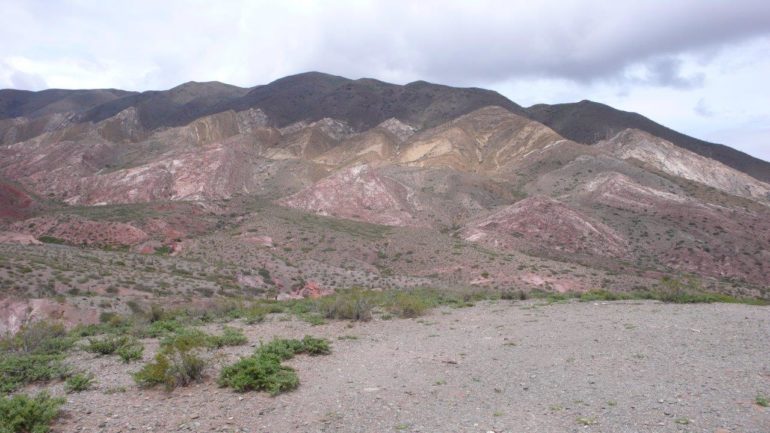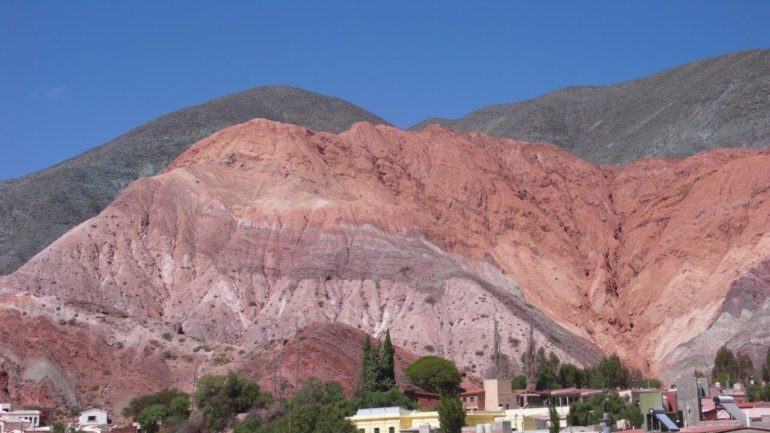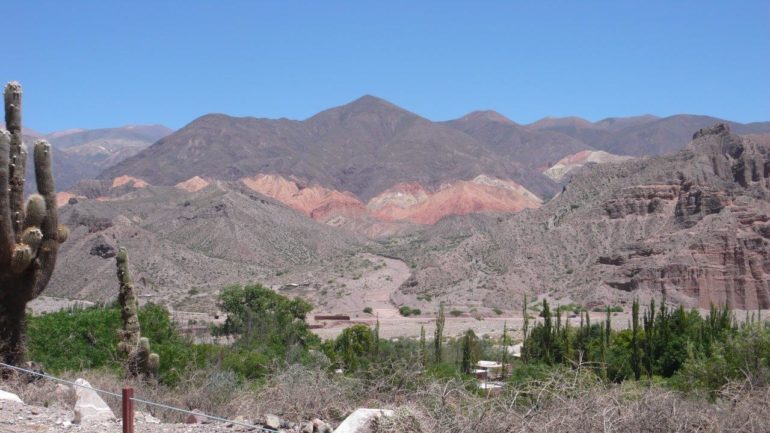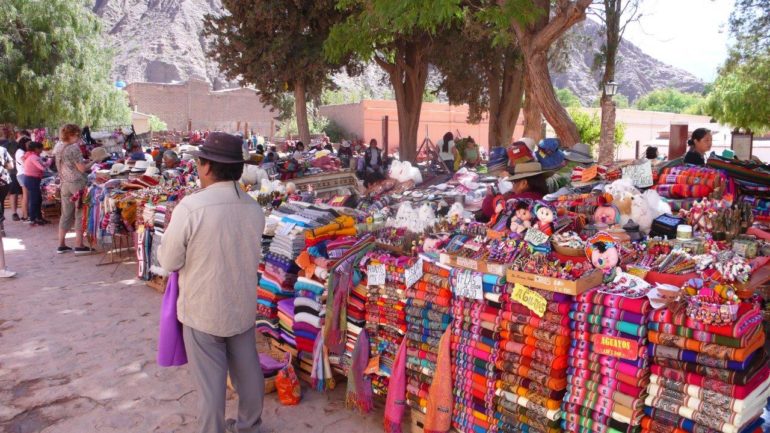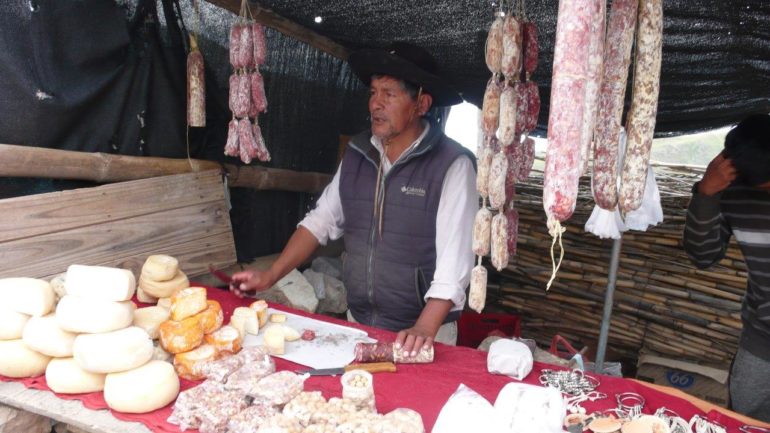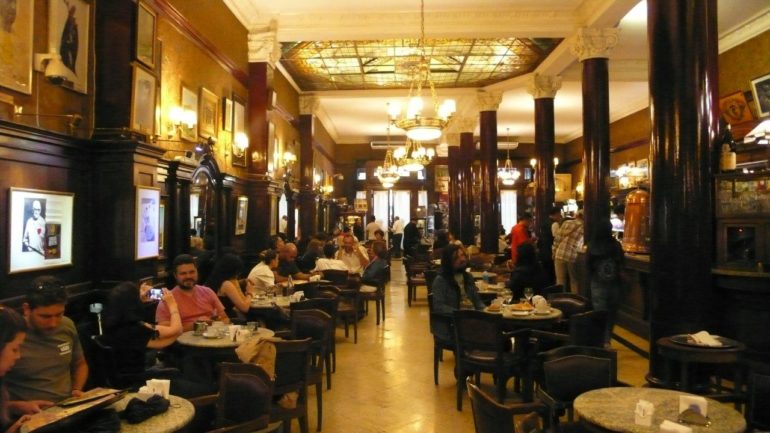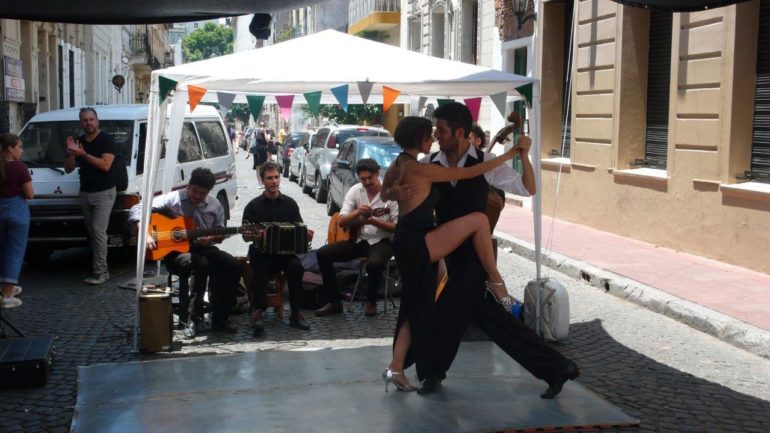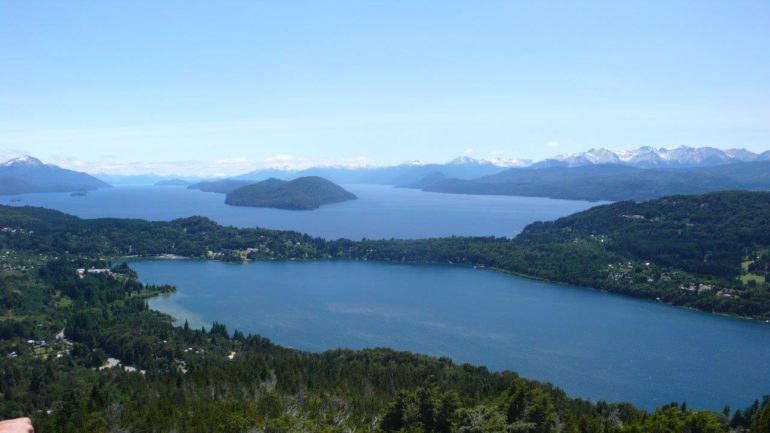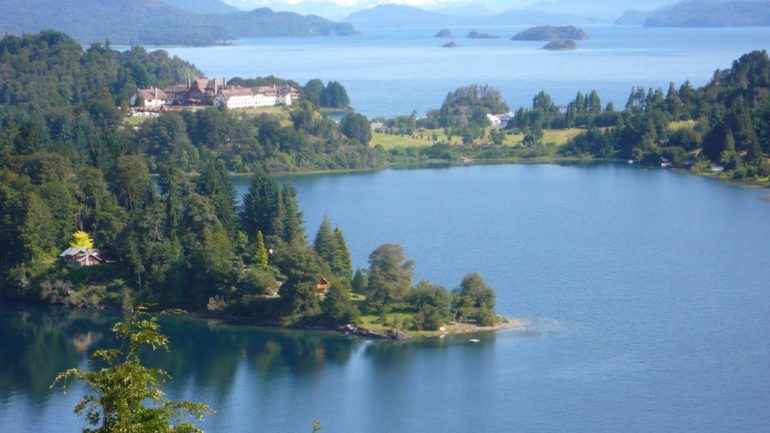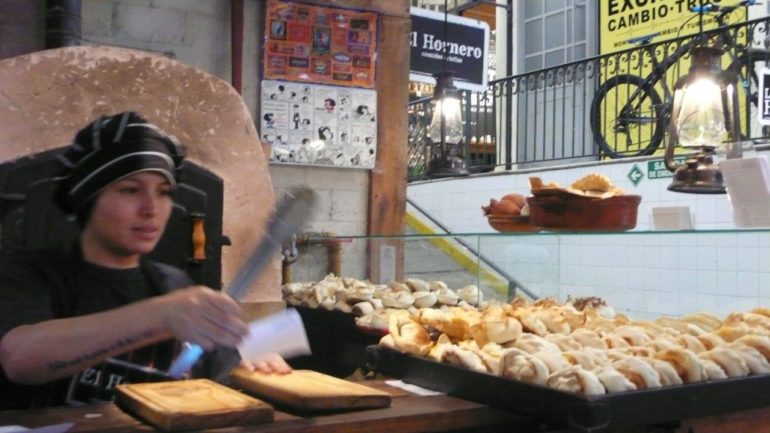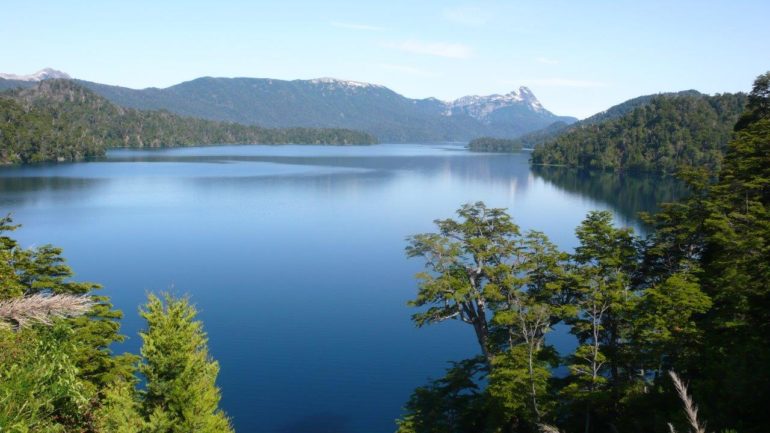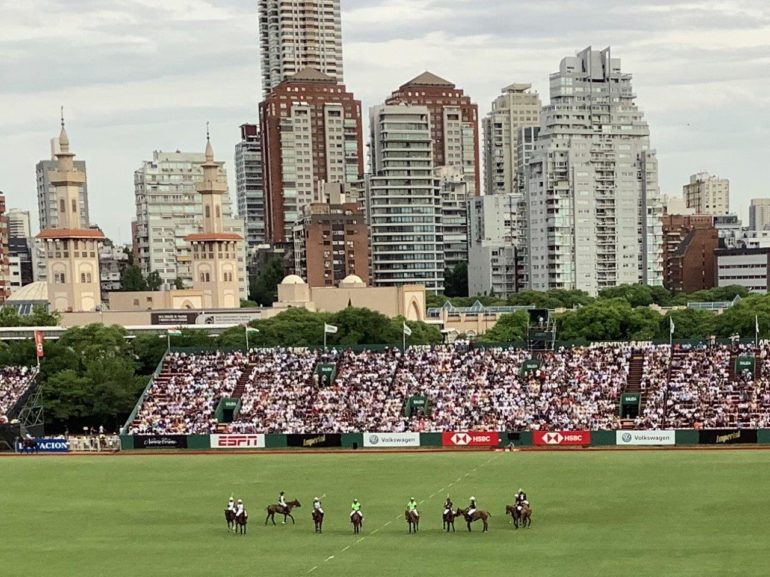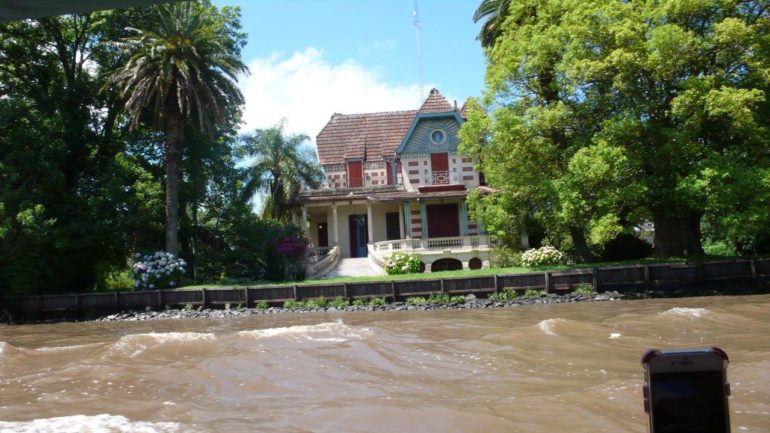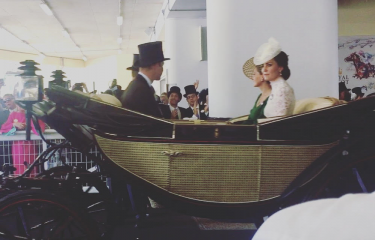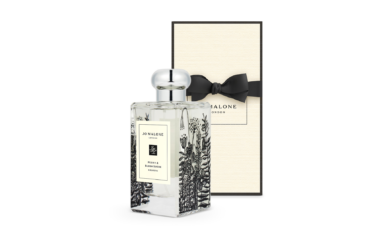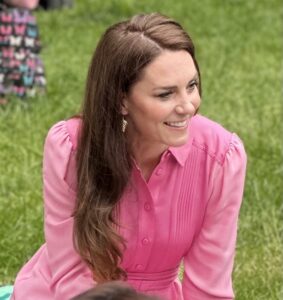Buenos Aires and Beyond
James Ellis finds Argentina an exciting, friendly and inexpensive holiday destination…
I was expecting Buenos Aires (BA) to be pretty special, as capital cities go. Built on a grid system on unlimited tracts of land to the west of the River Plate, at a time when Argentina was the world’s fifth richest country, it is not surprising that BA became known as the Paris of the South. This is reflected in the city’s fine buildings, such as the Presidential Palace, the neo-classical Metropolitan Cathedral, formerly the church of Pope Francis, the Teatro de Colon, considered to have the finest acoustics of any opera house, as well as fine museums and art galleries, numerous parks and wide tree lined avenues, with the Avenida 9 de Julio as the world’s widest city street. Add to this the fact that about 95% of its population were originally immigrants, largely from Italy and Spain, and its cosmopolitan vibrancy is easily explained.
It’s very different areas add to its character. San Telmo has cobbled streets and colonial buildings. At the weekends the Tango is danced and music is played in the Plaza Dorrego where, each Sunday, a large artisanal and antique market is held. This is the place to enjoy a lunch of empanadas and cerveza (beer) in the covered market. A visit to a tango show during your stay is recommended. El Querandi has an intimate location where a romantic show can be enjoyed with dinner.
La Boca, with its brightly painted tenement houses, has streets full of music and dancing, where lunch in the garden of the Parrilla Gran Paraiso (1) is special. If somewhere more upmarket is required, visit the legendary Café Tortoni (2), Argentina’s oldest café, full of wooden panelling. This is the perfect place for Sunday brunch, when booking is essential. On Sunday there is also an extensive high end artisanal market outside the wonderful Basilica Nuestra Senora del Pilar in Recoleta,a fashionable residential area, and next to which is located the cemetery that contains the remains of Eva Duarte de Peron. The tightly packed stone mausoleums, built in many different architectural styles, probably make this the world’s most impressive cemetery. Nearby is the historic corner café, La Biela, once frequented by the city’s intelligencia and Fangio, the racing driver.
Is it safe/healthy? BA simply requires the same precautions as you would take in any capital city, so that you do not wear or carry anything that looks valuable, and you travel by yellow taxis, of which there are thousands, in which the driver’s registration is displayed. All have meters that display the fare, which is very cheap, and tips are not expected. The streets are kept clean, as are the cafes and restaurants, where you drink bottled water. Many of the younger people speak English and are very willing to help with directions.
When to go? The best months are September to December, during which the temperature increases from about 18 to 28 degrees centigrade. In October the city turns mauve with the flowers of the Jacaranda trees, and in November blue with agapanthus flowers. January and February are a little hotter and can be wet and humid, but still much better than being in the UK. June and August are cold and wet. As Argentina is the eighth largest country, if you travel within it, temperature differences are inevitable.
How to get there? Non-stop flights from Heathrow (British Airways) and Gatwick (Norwegian) take 15 hours, but there is only a 3 hour time difference, and so little or no jetlag. A 50 minute cab ride gets you to the city centre. Beyond BA there are numerous internal flights from the Domestic Airport.
Where to stay? Rather than staying in the commercial district of Puerto Madero, where the US chain hotels are located, which resembles the riverside developments of many cities, I strongly advise you to stay in an apartment or boutique hotel in the residential area of Palermo, with its tree lined streets full of cafes and restaurants that spill onto the pavements, and designer shops. It also home to the world’s largest polo ground, where you can watch chukkas between the finest players.
What to eat? This is the home of beef and the first thing that you need to do is decide the cut that you prefer and precisely how much you like it cooked on the asado (bar.b.q.) in the parrillas, which are specialist meat restaurants. One of the finest, where you need to book, is La Cabrera (3) in Palermo. Here you will have a feast that you will long remember. The portions are so large that they are often shared. Perhaps as an antidote to all of this deliciously tender meat, the portenos (residents of BA) have a penchant for chocolate and ice cream, and there are many specialist cafes which sell nothing else, of which Rapa Nui (4) in Palermo is probably the best. Being so cosmopolitan, the city has many outlets for pizza, pasta and burgers, and there is a vast quantity of ham and cheese available, when you want a rest from the world’s finest beef. Due to the weakness of theArgentine peso against the dollar and the pound, all of these can be enjoyed at very reasonable prices.
I would recommend a stay of at least 5 nights in BA, which will give you the option of making day trips outside of the capital.
Tigre. This town is a 40 minute cab ride from the centre of BA and is located on the Parana River delta. It is made up of weekend houses on stilts located on numerous islands bordered by canals, which can be viewed from an hour’s boat trip. It makes sense to hire your cab for the day so that you can enjoy a lunch eaten under the trees canalside at the TBC restaurant (5) that adjoins the Tigre Boat Club on the west bank of the Lujan canal, this being the centre for Argentine rowing clubs.
Colonia del Sacramento, Uruguay. If you want to completely chill, a one hour ferry from the Buquebus terminal (6) in Puerto Madero will take you across the River Plate to the former Portuguese colonial town of Colonia in Uruguay, a UNESCO World Heritage Site. The ferry leaves a 0815 and returns at 1700. It is necessary to book on the web and to get to the terminal one hour before departure with your passport, which will receive a stamp from the customs. This wonderful and completely unspoilt old town, with its whitewashed houses, is a short walk from the terminal, and is a place simply to wander and soak up the tranquil atmosphere and, most importantly, to linger over a leisurely lunch. Your restaurant should be chosen with care. Certainly the best located is the Charco Bistro (7) in a garden on the banks of the River and requires a booking.
Iguazu Falls. If you visit Argentina, it is madness not to take a 2.5 hour flight from BA to Iguazu to visit one of the Seven New Natural Wonders of the World, which itself justifies a visit to South America. To see the largest and most spectacular system of waterfalls in the world, with its 275 drops stretching 2.7 kilometres, the largest of which is 269 feet high, is both breathtaking and unforgettable. On the Argentine side there are three different trails from which to view the Falls and it makes sense to spend a night in one of the Falls’ hotels, unless you are going to view from a helicopter. If you go to Salta, a direct flight to Iguazu is possible.
Beyond Buenos Aires.
Argentina, although a vast country of some 2.77 million square kilometres, has spectacular and very different areas only 2 hour flights away from BA, a visit to which turns your holiday into a real vacation.
San Carlos de Bariloche, in Patagoniatosouth west of BA, is an alpine town at the southern end of Lake Nahuel Huapi, a vast National Park, which borders the eastern edge of the Andes, and is Argentina’s superbly scenic Lake District. Bariloche is a skiing resort in July, August and September, but in the summer season almost any sporting activity can be arranged. This includes windsurfing, kitesurfing, paragliding, ski diving, sailing, kayaking, white water rafting, zip wiring, fly fishing, bird watching, particularly of the elusive but magnificent Condor, cycling, horseback riding, hiking and climbing. For the less energetic a private boat trip across the lake and a walk through the forests makes for a great day out. Alternatively a drive to San Martin De Los Andes enables you to view no less that seven lakes. I recommend that you do not stay in Bariloche town itself but in the fabulously located Llao Llao hotel (8) with golf course and spa (pronounced Schoo Schoo). Alternatively the smaller El Casco Art Hotel (9), located on the lake, has 33 rooms and 500 pieces of art.
Mendoza
A 2 hour flight north from Bariloche or west from BA takes you to a wine area that even the most reticent wine drinker will have heard of, but nothing prepares you for the vines stretching to the foot of the Andes as far as the eye can see. It therefore makes sense to stay in a Finca or Bodega rather than in the city centre. I was very impressed with the Finca Adalgisa (10), a charming boutique hotel where its 100 year old vines grow right up to the edge of its swimming pool. It has 11 rooms, of which those in the stone house close to the pool, particularly numbers 17, 18 and 22, are to be preferred. A complimentary glass of the Finca’s wine and a tapas is given in the bar each evening, where further tapas can be ordered. Walkable from here is the Clos de Chacras (11) with its 7 course food and wine pairing menu. On the way you pass the local brewery where its beer is fermented in the bottle, like champagne. From the Finca Adalgisa it is possible to arrange private tours of the Lujan, Maipo and Uco wine regions, where some of the wineries have not only stunning wines, particularly malbec, but first class restaurants. I strongly recommend lunch at the Finca Decero (12) in the Lujan region, which has delicious food and wine and great views across its malbec vines. It is necessary to book and a table on the balcony should be requested. I met someone who had flown from BA for the day just to have lunch there. Further to the west is the Valle de Uco, where vast tracks of vines have been planted comparatively recently by seven French families who have concentrated on producing Bordeaux blends. The most up to date methods of viniculture are utilised, including concrete and stainless steel vats. The result is strong wines, although they must not exceed 17% Vol. otherwise the wine has to be reclassified as liquor. The wines are drunk young, and exported mainly to China, Japan and the United States. A decision for each vineyard in the Mendoza region is whether to protect the grapes from hailstones. Although the weather is fine for 150 days each year, during the remaining 15 days there is a risk of hailstorms which can decimate the crop. The decision is whether to take a risk or protect the grapes with nets, with all the extra cost and loss of sunshine that that involves.
Salta.
A ninety minute flight north from Mendoza or BA takes you to the hotter and more arid mountainous area of Salta. The city of Salta has a wonderful main square full of mimosa trees where the gauchos dance and sing in front of its magnificent Cathedral. The choice is whether to stay near the centre or a little way out. Five blocks from the centre is the small boutique hotel called Legado Mitico (13). The Spanish colonial décor is impressive. It has 11 large en suite rooms, which have balconies or small gardens opening onto a charming internal courtyard. The best rooms are El Caudillo, El Musico, La Escrutora and Escultora. The alternative is the Finca Valentina(14)
which, although only a 20 minute drive from the centre, is very countrified. It has 10 rooms and a pool in the garden. Room 3 is the best, having a balcony with views of the pre Andes mountains. Lunch and dinner are offered, using local ingredients. Consuelo, the manager, speaks perfect English, and is able to organise horseback riding, including with gauchos. Saltais the centre of what has become known as nature tourism. Private cars or shared minivans will take you through the Escoipe Gorge and Calchaquis Valley and the El Cordones National park, home to literally thousands of Cordones cacti; the type seen in so many westerns. Having climbed 3,000 metres you reach the town of Cachi. This is very Spanish/Mexican and has a square in which you keep expecting to see Clint Eastwood. This is the home of high altitude wines, which tend to be very good but very strong.Another tour is up the Humahuaca Gorge, some 180 kilometres long, with its amazing Hill of Seven Colours, which looks as if it has been painted by a giant’s paintbrush. This is a World Heritage site and has ruins of Inca settlements at Pucara. Other nature tours go to the salt lakes and to the wine region of Cafayate.
Overview.
However you look at it and whichever parts you decide to visit, I believe that you will be surprised by how much Argentina has to offer as a holiday destination, how easy it is to travel within it, and how much there will still be left to see and do when you depart, leaving you with the pleasant prospect of returning to explore the Glacier National Park, Calafate, Tierra del Fuego and Ushuaia, at the very tip of South America.
Contact and booking information
- Parrilla Gran Paraiso, La Boca, Garibaldi 1428.01143021752
- Café Tortoni, Avenida de Mayo 825. +51114342-4328
- La Cabrera, Cabrera 5099 +5491168204013 info@lacabrera.com..ar
- Rapa Nui, Malabia 2014, Palermo
- TBC restaurant, Paseo Victorica 156, Tigre. 47310196
- Buquebus terminal for ferry to Colonia, Avenida Antertida 821; +51114316-6530
- Charco Bistro, Colonia, San Pedro116, +59845235000, info@charcohotel.com
- Llao Llao Hotel Av. Bustillo R8401ALN +542944444700 info@llaollao.com.ar
- El Casco Art Hotel, Av. Bustillo, R8409, Bariloche. Manager: Augustina Gruppalli +542944463131 reservas@hotelelcasco.com
- Finca Adalgisa. Closed June to October. Owner, Gabriela Furlotti. +5492616543134
- Clos de Chacras, Monte Libano 1025, Chacras de Coria 5505, +542614961285
- Finca Decero, Bajo Las Cumbres 9003, Angelo, Mendoza CP 5509+542615244747. decero@decero.com
- Lagardo Mitico, Mitre 647, Ciudad de Salta. Owner: Rosario Figueroa +5493874138805 reservassalta@legardomitico.com
- Finca Valentina, Ruta 51, Camino a El Encon, La Merced Chica – Salta. Manager: Consuelo Viramonte: +5493874153490; reservas@finca-valentina.com.ar
